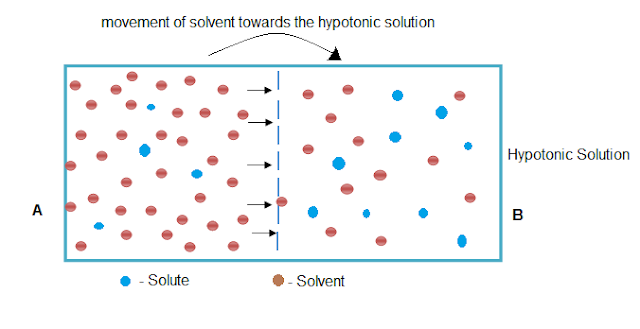Advantages and Disadvantages of Reverse Osmosis
Following are Reverse osmosis advantage and disadvantages of reverse Osmosis.
Advantages of reverse Osmosis:
- Reverse osmosis softens the water.
-Reverse osmosis is the process removes the dissolved substance from the water and maintain the TDS of the water.
-Reverse osmosis also filters remove many bacteria and pathogens from water.
Bacteria are effectively filtered out from your water.
- No, any chemical treatment is involved in Reverse osmosis. Only filtration and pressure technology is used in Reverse osmosis.
- It requires minimum space for installation.
Disadvantages of reverse Osmosis:
- Wastage of water is happened due to the Reverse osmosis.
- The cost of the system is high
- Frequently replacement of the membrane used in Reverse osmosis process is required.
- Maintenance needs to be required.
Related Post:
Related Post:



